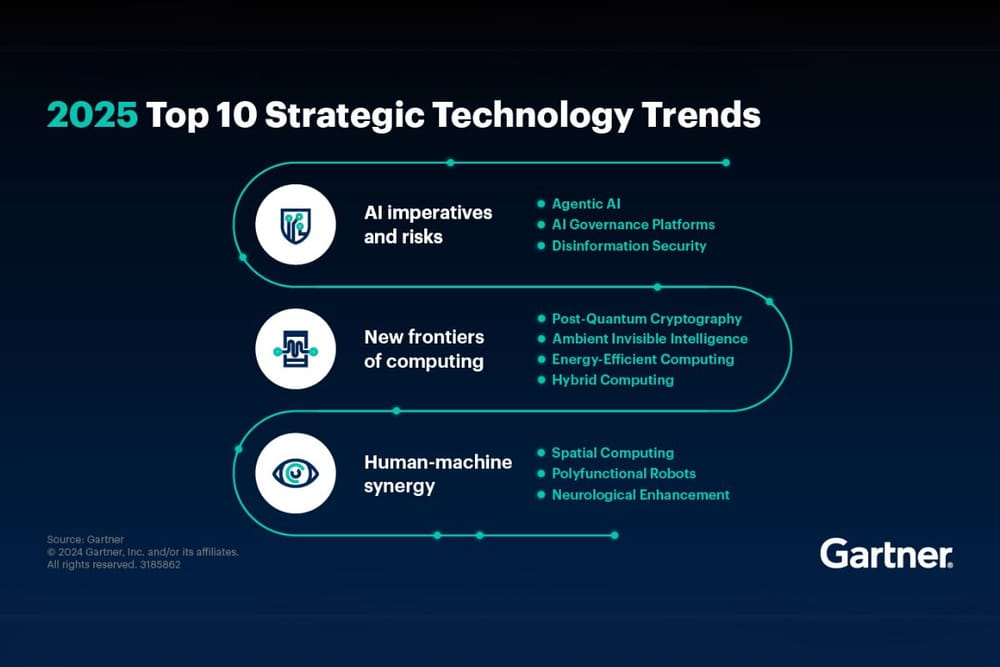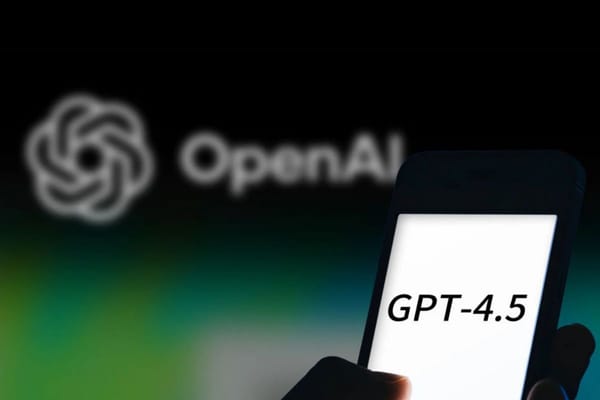Gartner, Inc. has identified the top data and analytics (D&A) trends for 2025, addressing a broad spectrum of challenges, including organizational and human-centric issues.
"D&A is expanding from a specialized function to a fundamental business necessity,"
said Gareth Herschel, VP Analyst at Gartner.
"At the same time, leaders are expected to scale their capabilities significantly to meet rising expectations. These trends will help them navigate growing demands and drive value creation."
Top Data & Analytics Trends for 2025
1. Highly Consumable Data Products
D&A leaders should prioritize business-critical use cases by delivering minimum viable data products that can be scaled and refined over time. Ensuring alignment on key performance indicators (KPIs) between data producers and consumers is essential for measuring success.
2. Metadata Management Solutions
Effective metadata management begins with technical metadata, expanding to business metadata for contextual understanding. Organizations should leverage AI-driven solutions for automated discovery, analysis, and data lineage tracking.
3. Multimodal Data Fabric
A strong data fabric integrates metadata insights across the entire data pipeline, enabling orchestration, operational excellence (DataOps), and intelligent automation to enhance data products.
4. Synthetic Data
Synthetic data addresses gaps in missing, incomplete, or costly-to-collect datasets, ensuring data privacy while accelerating AI model development without compromising sensitive information.
5. Agentic Analytics
AI-driven automated decision-making is transforming analytics. Organizations should pilot closed-loop AI agents, integrating insights into natural language interfaces while establishing governance frameworks to minimize errors.
6. AI Agents
Beyond large language models (LLMs), AI agents play a crucial role in flexible automation and seamless data integration across applications. Leaders should focus on enabling cross-platform data access for AI-driven decision-making.
7. Small Language Models (SLMs)
SLMs provide more accurate, contextually relevant outputs than general-purpose LLMs. Organizations should prioritize domain-specific fine-tuning to reduce compute costs while maintaining high data privacy standards.
8. Composite AI
Blending multiple AI techniques—including machine learning, knowledge graphs, optimization, and data science—enhances AI effectiveness beyond GenAI and LLMs, providing more reliable and impactful solutions.
9. Decision Intelligence Platforms
Shifting from data-driven insights to a decision-centric approach is crucial. Businesses should prioritize high-impact decisions, align Decision Intelligence (DI) practices, and evaluate DI platforms while considering ethics, compliance, and legal implications.
For more insights, visit Gartner for Data & Analytics Leaders. Follow updates on X and LinkedIn using #GartnerDA.
News Source: Wallis PR









